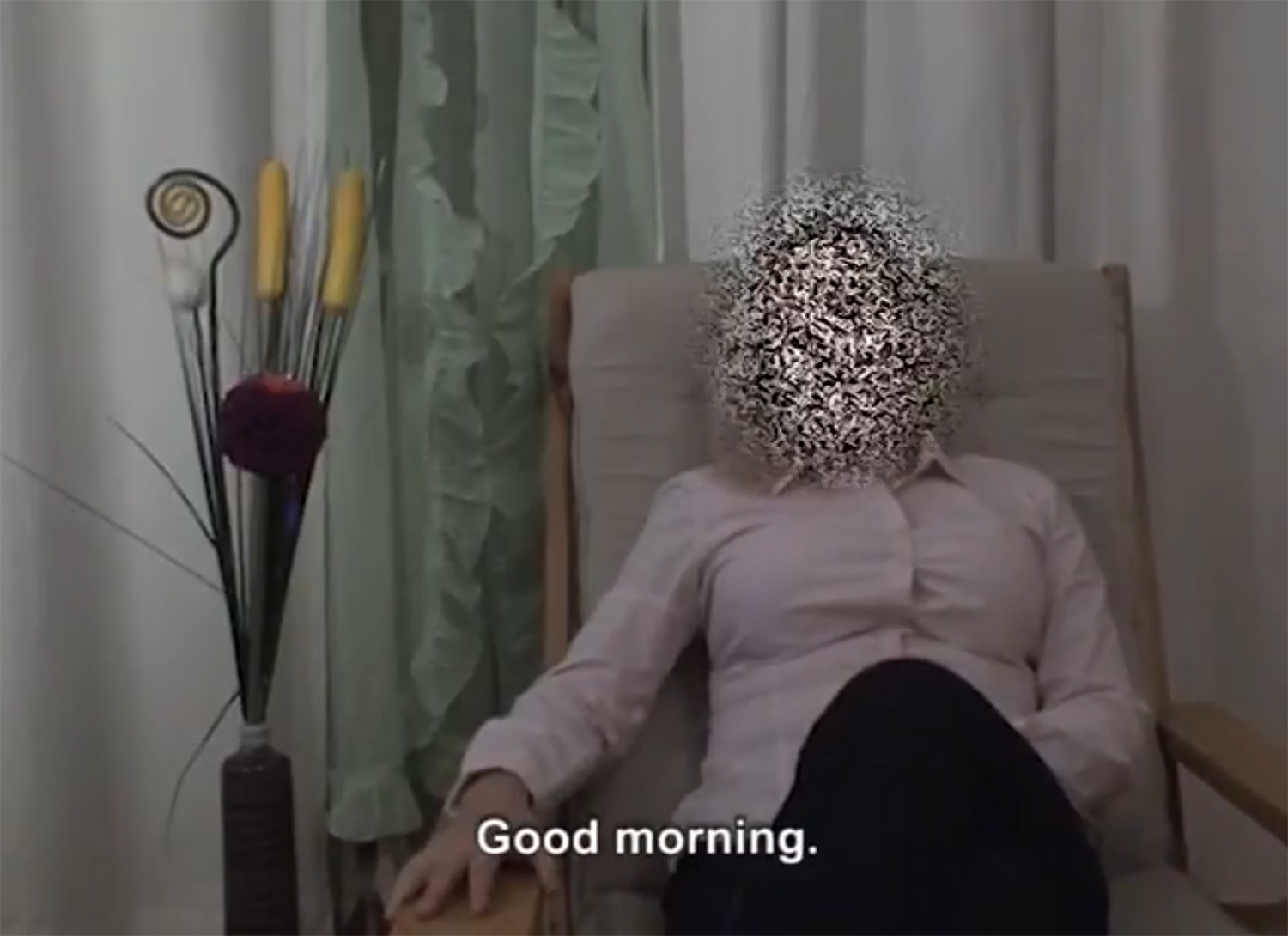Evgeny Granilshchikov, Courbet’s Funeral, 2014
Selected by Moscow Museum of Modern Art, Moscow, Russia
Duration: 11:33 min
In Evgeny Granilshchikov’s work the human glance and the optics of media overlap to create a single collage-like narrative. Using the camera of a mobile phone, the artist creates a melancholic impressionistic “report” on his own times. Both a participant of life and its distant beholder, he registers the disquieting pulse of history in the seemingly uneventful flow of urban life.
Bojan Fajfrić, The Cause of Death, 2015
Selected by Cultural Centre of Belgrade, Belgrade, Serbia
Duration: 13 min
The video The Cause of Death by Bojan Fajfrić positions the ‘Black Wave’ of Yugoslav cinema at the center of social change, reviving the legacy of this movement through examining the possibility of the language of art to stimulate systemic turns. The movement was a prolific phase in the Yugoslav cinema in the mid-60s and early 70s that introduced the failure of the protagonist as the means of critical examination of the society. In order to understand our present times Fajfrić re-enacts culminating scenes from major Black Wave films, using the original film dialogues and actions, and inserting them into the settings of his personal life. The work unites a collective and personal experience, while playing with the limits of their recognition in different contexts.

Dominika Olszowy, Wanda Wanton, 2016
Selected by Museum of Modern Art in Warsaw, Warsaw, Poland
Duration: 9:14 min
Wanda Wanton, the lead character that has given name to Dominika Olszowy’s film, is an aspiring artist and teacher of the polish language. After work, Wanda devotes herself to a peculiar passion: she just loves to destroy things and calls her acts of vandalism “acts of art” or simply “sculptures”. Vandalism becomes her life philosophy: destruction creates new order; therefore, all creation must be based on destruction. Wanda Wanton is the alter ego of Olszowy. By bringing her to life, the artist expresses her socially unacceptable desires. However, “Wanda Wanton”, first and foremost, casts a spotlight on the relationship between human and the surrounding matter, and asks a question — can vandalism be an act of emancipation, freeing an individual from the oppression of the enforced order?
